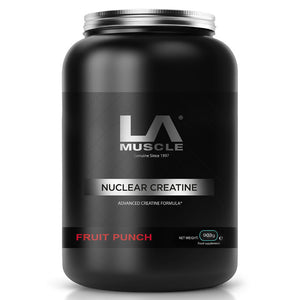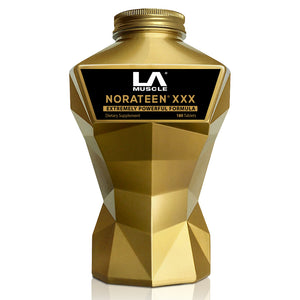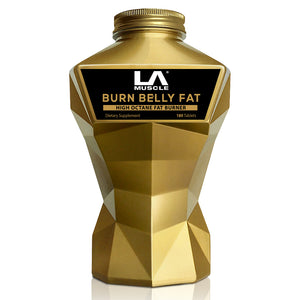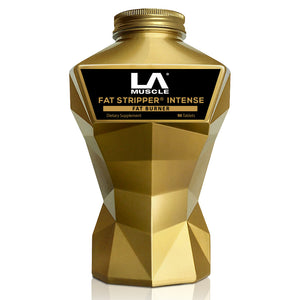
In the pursuit of peak physical fitness and strength, weight training stands out as a cornerstone practice for men. This comprehensive guide delves into the strategic pairing of muscle groups during workouts, the optimal frequency of training sessions, and the ideal number of repetitions and sets to maximise muscle gains and enhance overall fitness. By adhering to these principles, you can ensure a balanced, effective workout regimen that promotes muscular growth, strength, and endurance.
Understanding Muscle Groups
To start, it's essential to recognize the primary muscle groups and their roles:
- Chest (Pectorals)
- Back (Latissimus Dorsi, Rhomboids)
- Shoulders (Deltoids)
- Arms (Biceps, Triceps, Forearms)
- Legs (Quadriceps, Hamstrings, Calves)
- Core (Abdominals, Obliques, Lower Back)
Effective Muscle Pairing
Pairing muscle groups intelligently in your workout routine can lead to more efficient sessions and better results. Here are some common and effective pairings:
Push/Pull/Legs Split
This popular split divides workouts into three categories:
- Push Days: Focus on chest, shoulders, and triceps, all of which are involved in pushing movements.
- Pull Days: Target the back, biceps, and forearms, which are engaged in pulling exercises.
- Legs Days: Dedicated to the quadriceps, hamstrings, calves, and often the glutes.
Upper/Lower Split
Another effective strategy is the upper/lower split:
- Upper Body Days: Combine exercises for the chest, back, shoulders, and arms.
- Lower Body Days: Focus on the legs and core.
This split allows for focused intensity on each muscle group, promoting recovery and growth.
Workout Frequency
The frequency of your workouts should balance intensity with adequate recovery time. A general guideline is to target each major muscle group 2-3 times per week. This frequency ensures that muscles are stimulated often enough to grow but also have time to recover and strengthen.
Push/Pull/Legs Example:
- Monday: Push Day
- Tuesday: Pull Day
- Wednesday: Rest or active recovery
- Thursday: Legs Day
- Friday: Push Day
- Saturday: Pull Day
- Sunday: Rest
Upper/Lower Split Example:
- Monday: Upper Body
- Tuesday: Lower Body
- Wednesday: Rest
- Thursday: Upper Body
- Friday: Lower Body
- Weekend: Rest or active recovery
Repetitions, Sets, and Intensity
The number of repetitions (reps) and sets you perform can be adjusted based on your fitness goals:
- Strength: For pure strength gains, focus on lower reps (4-6) with heavier weights and higher sets (4-5).
- Hypertrophy (Muscle Growth): Aim for a moderate rep range (6-12) with moderate to heavy weights and 3-4 sets. This range is most effective for muscle growth.
- Endurance: Higher reps (12-15+) with lighter weights and 2-3 sets improve muscular endurance.
Example Hypertrophy Workout for Chest and Triceps:
- Bench Press: 4 sets of 8-10 reps
- Incline Dumbbell Press: 3 sets of 10-12 reps
- Cable Flyes: 3 sets of 12-15 reps
- Tricep Dips: 3 sets of 8-10 reps
- Skull Crushers: 3 sets of 10-12 reps
Rest and Recovery
Rest between sets is crucial for recovery and performance. For strength, rest for 2-3 minutes between sets. For hypertrophy, 1-2 minutes is sufficient, and for endurance, keep it under a minute.
Additionally, ensuring a full night's sleep and incorporating rest or active recovery days into your routine aids in muscle repair and growth.
Nutrition and Hydration
Fuelling your body with the right nutrients and staying hydrated are pivotal for muscle gains. A balanced diet rich in protein, carbohydrates, healthy fats, vitamins, and minerals supports recovery and growth. Aim for at least 0.6-0.8 grams of protein per pound of body weight daily and stay hydrated to optimise performance and recovery.
Strategically pairing muscle groups, maintaining a balanced workout frequency, and tailoring your reps and sets to your fitness goals are key elements of an effective weight training regimen. By following these guidelines, you can optimise your workouts for maximum strength and muscle gains while ensuring adequate recovery and overall health. Remember, consistency, proper nutrition, and rest are equally important in achieving and maintaining peak physical condition.


























